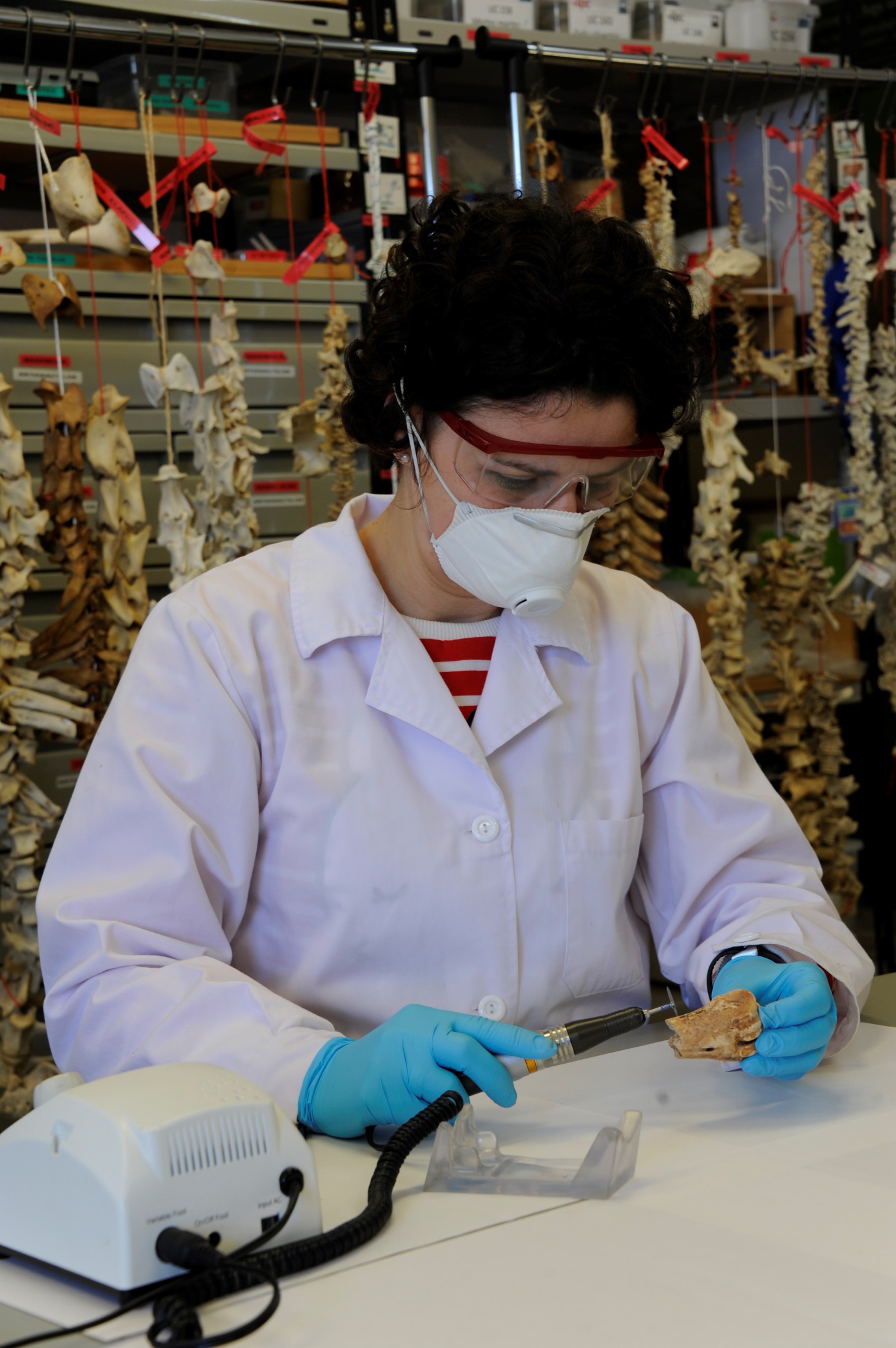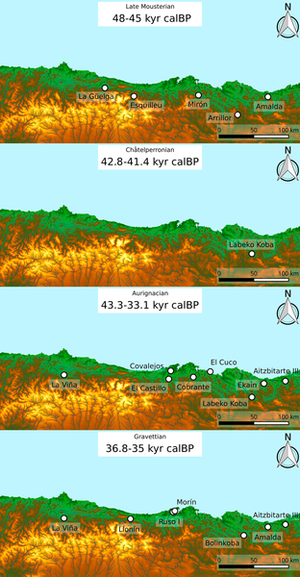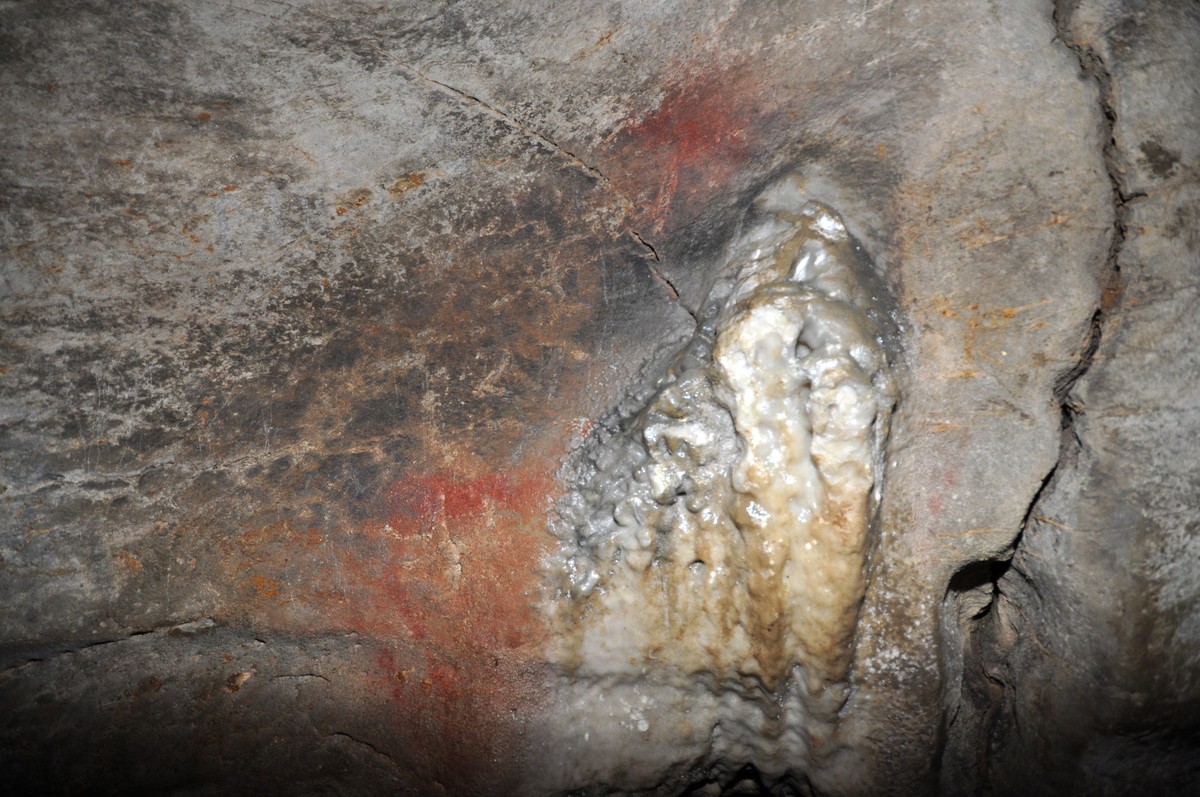The climate little affected the Cantabrian area, in the last Neanderthals and first sapiens
2018/10/04 Galarraga Aiestaran, Ana - Elhuyar Zientzia Iturria: Elhuyar aldizkaria

Among the factors that explain the loss of Neanderthals is often mentioned the climate. In fact, during the Middle and Upper Palaeolithic, coinciding with the European expansion of the species Homo sapiens, the climate was hardened, so the degree of influence of the climate in the evolution of the two human groups is discussed.
Now, using a new methodology, the characteristics of the local climate have been analyzed in several caves of Bizkaia and Gipuzkoa (Axlor and Bolinkoba in Bizkaia; and Lexetxiki, Labeko Koba, Ekain, Amalda and Aitzbitarte III in Gipuzkoa). Specifically, between 50,000 and 25,000 years ago Neanderthals and sapiens have measured the isotopes of carbon, nitrogen and sulfur contained in the collagen of the bones of horses and deer.
It follows that, after the loss of the Neanderthals, the climate was cold and dry, the open field replaced the forests and the animal hunting area was very wide. However, climate change was probably lower than elsewhere due to orography. According to the researchers, more research will be needed on how this affected the survival of Neanderthals.
The research, led by the IIIPC, has had the participation of Basque, Cantabrian and international researchers and has been published in the journal Nature Scientific Reports.

Gai honi buruzko eduki gehiago
Elhuyarrek garatutako teknologia






